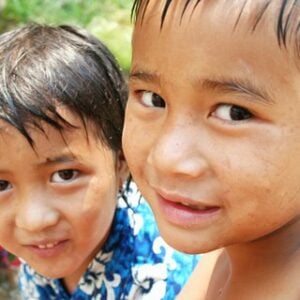Ethiopia has successfully completed the second round of its nationwide novel oral polio vaccine type 2 (nOPV2) campaign, reaching over 16.8 million children across ten regions. Conducted from May 30 to June 2, 2025, the campaign was led by the Ministry of Health and the Ethiopian Public Health Institute, with support from the World Health Organization (WHO), UNICEF, Rotary International, and other partners. With an administrative coverage rate of 105%, the campaign integrated key maternal and child health services to extend its reach and impact, particularly in high-risk areas like Kellem and West Guji zones, where the age group was expanded to include children up to ten years.
According to WHO Representative Dr. Owen L. Kaluwa, Ethiopia’s leadership and coordination have been instrumental in these efforts, which follow the first round that vaccinated 15.3 million children with a 103% coverage rate. These campaigns are critical in controlling polio outbreaks, with 69 confirmed cases reported across several regions from 2024 to March 2025. WHO contributed significantly by supporting campaign preparation, training health workers, resource mobilization, and monitoring implementation in real time using tools such as the Open Data Kit. Independent monitors and surveyors ensured quality control and enabled immediate corrections during the campaign rollout.
The initiative went beyond polio vaccination, focusing on reducing vaccine-preventable disease burden through integrated health services. It succeeded in reaching previously unvaccinated and under-vaccinated children—48,363 zero-dose children were vaccinated in the second round alone, raising the total to more than 110,000 across both rounds. The campaign also targeted vulnerable populations at border entry points and conducted over 31,000 supervisory visits, which led to the detection of 365 acute flaccid paralysis (AFP) cases, including 81 confirmed cases with laboratory samples collected.
Independent monitoring confirmed the campaign’s high quality, with 98% of over 52,000 children verified as vaccinated and 90% of survey areas meeting required standards. Alongside vaccination, catch-up immunizations were provided for children who had missed routine vaccines, and women with obstetric fistula were identified and referred for treatment—underscoring the campaign’s holistic approach to public health.
WHO reaffirmed its commitment to supporting Ethiopia’s efforts to strengthen immunization coverage, improve disease surveillance, and ensure every child is protected against vaccine-preventable diseases.







